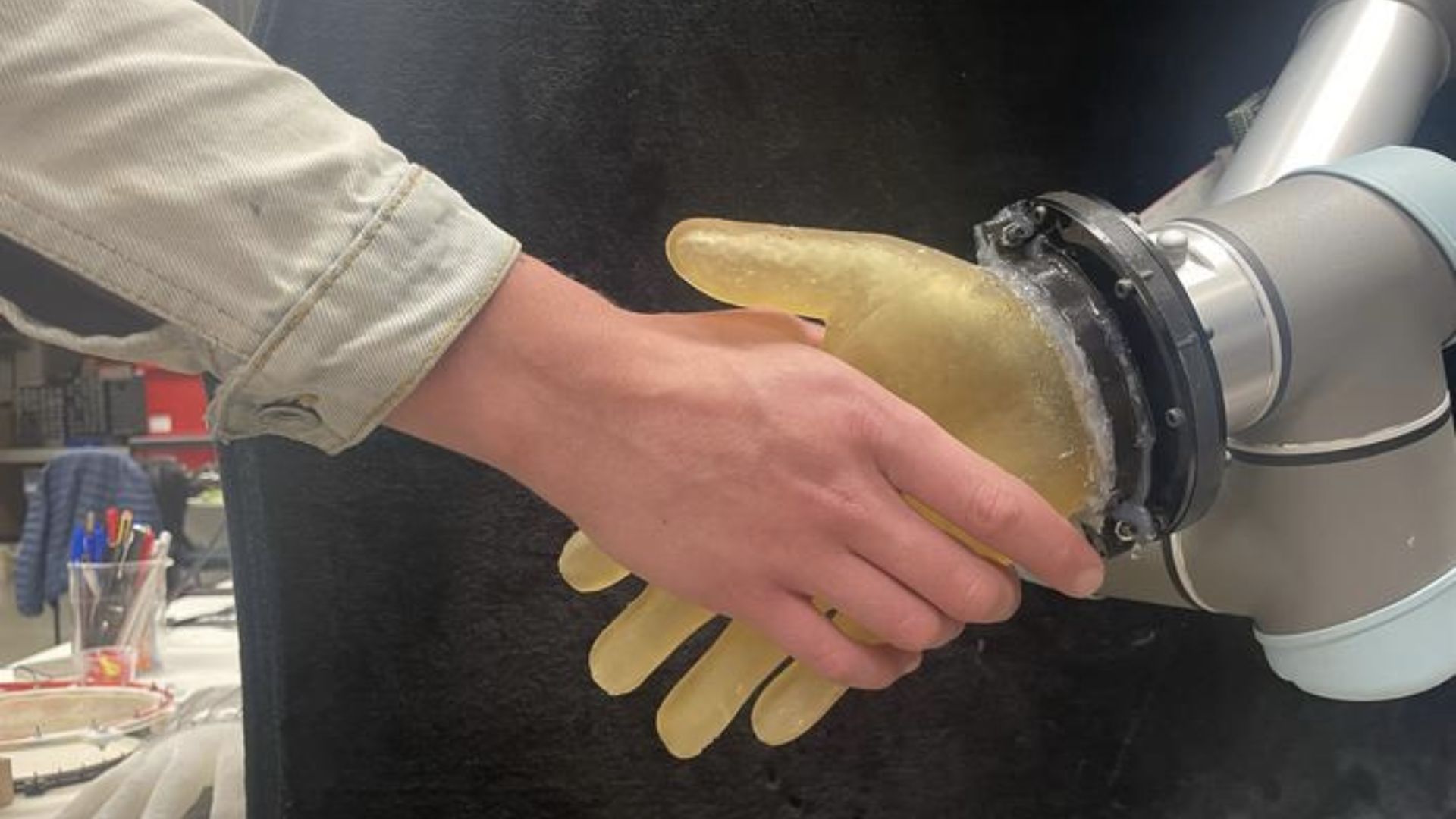Sensitive skin to help robots detect information about surroundings

Source: interestingengineering
Author: @IntEngineering
Published: 6/11/2025
To read the full content, please visit the original article.
Read original articleResearchers from the University of Cambridge and University College London have developed a highly sensitive, low-cost, and durable robotic skin that can detect various types of touch and environmental information similarly to human skin. This flexible, conductive skin is made from a gelatine-based hydrogel that can be molded into complex shapes, such as a glove for robotic hands. Unlike traditional robotic touch sensors that require multiple sensor types for different stimuli, this new skin acts as a single sensor capable of multi-modal sensing, detecting taps, temperature changes, cuts, and multiple simultaneous touches through over 860,000 tiny conductive pathways.
The team employed a combination of physical testing and machine learning to interpret signals from just 32 electrodes placed at the wrist, enabling the robotic skin to process more than 1.7 million data points across the hand. Tests included exposure to heat, gentle and firm touches, and even cutting, with the collected data used to train the system to recognize different types of contact efficiently. While not as sensitive as human skin
Tags
roboticsrobotic-skinsensorsflexible-materialsconductive-hydrogelmulti-modal-sensinghuman-robot-interaction